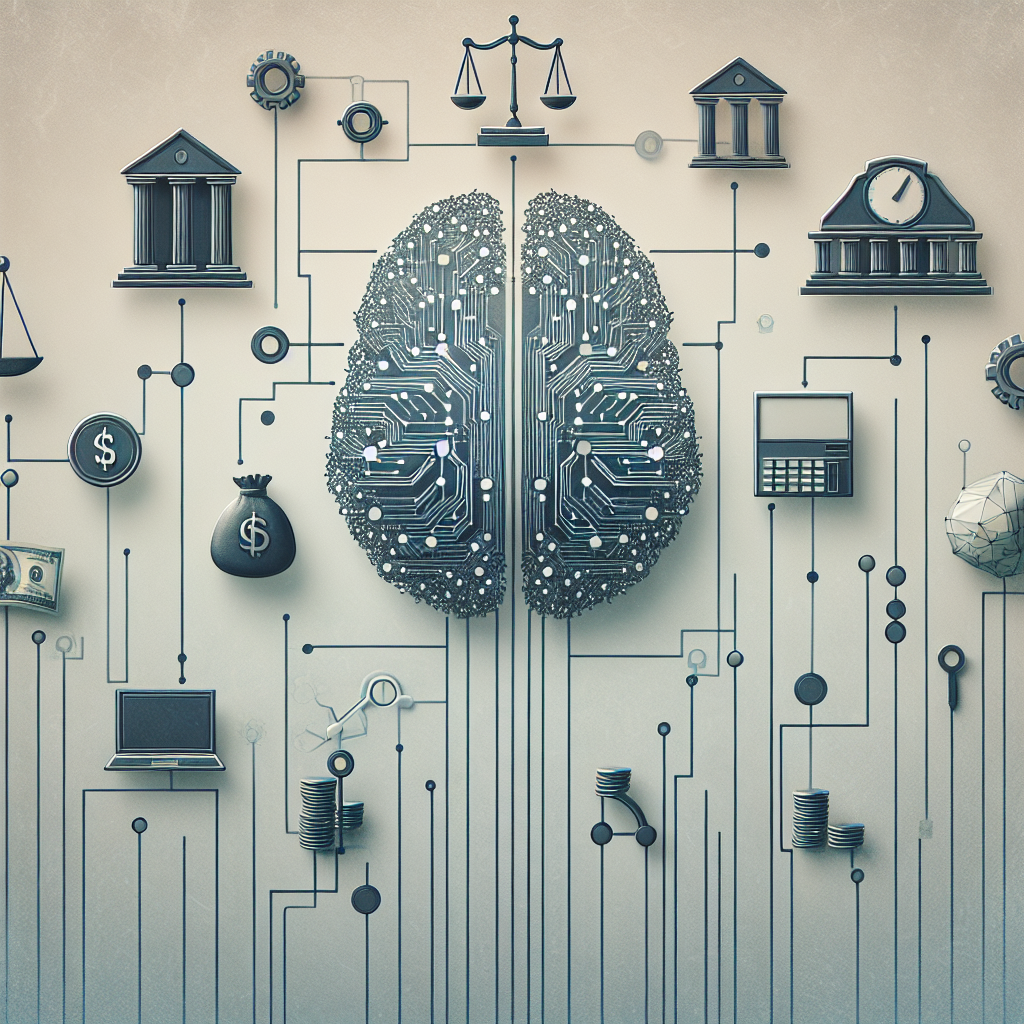Artificial Intelligence (AI) has gained significant attention in recent years as a powerful tool that can revolutionize various industries, including the financial sector. AI technologies such as machine learning, natural language processing, and deep learning have been increasingly adopted by financial institutions to enhance decision-making processes, improve efficiency, and provide better customer experiences. However, the widespread use of AI in the financial industry also raises concerns about potential risks and challenges that could impact financial stability.
Examining the Risks of AI in Financial Stability
1. Data Privacy and Security: One of the primary concerns with the use of AI in the financial sector is the potential for data breaches and privacy violations. AI systems rely on vast amounts of data to make accurate predictions and decisions, which raises questions about how this data is collected, stored, and protected. Financial institutions must ensure that they have robust cybersecurity measures in place to safeguard customer information and prevent unauthorized access.
2. Bias and Discrimination: AI algorithms are only as good as the data they are trained on, and there is a risk that biases present in the data can be perpetuated by the AI system. This could result in discriminatory outcomes, such as denying loans or insurance coverage to certain groups based on factors like race or gender. Financial institutions must be vigilant in monitoring and addressing biases in their AI systems to ensure fair and equitable outcomes for all customers.
3. Lack of Transparency: AI algorithms can be complex and difficult to interpret, making it challenging for regulators and consumers to understand how decisions are being made. This lack of transparency can lead to mistrust and skepticism about the fairness and accuracy of AI-powered financial services. Financial institutions should strive to increase transparency in their AI systems by providing explanations for decisions and ensuring that they are accountable for any errors or biases that may arise.
4. Systemic Risks: The widespread adoption of AI in the financial sector could also increase systemic risks, as interconnected AI systems may amplify the impact of a single error or failure. For example, a faulty algorithm used for trading could lead to widespread market disruptions and financial losses. Regulators must closely monitor the use of AI in the financial industry to identify and mitigate potential systemic risks before they escalate.
5. Regulatory Challenges: The rapid pace of technological innovation in AI presents challenges for regulators who must keep up with the evolving landscape of AI-powered financial services. Regulators must strike a balance between fostering innovation and ensuring that AI systems comply with existing regulations and ethical standards. Collaborative efforts between regulators, financial institutions, and AI developers are essential to address regulatory challenges and promote responsible AI adoption in the financial sector.
FAQs
Q: How is AI currently being used in the financial industry?
A: AI is being used in the financial industry for a wide range of applications, including fraud detection, risk assessment, customer service, trading algorithms, and personalized financial advice. AI technologies such as machine learning and natural language processing are enabling financial institutions to automate processes, improve decision-making, and enhance customer experiences.
Q: What are some benefits of using AI in the financial sector?
A: Some benefits of using AI in the financial sector include increased efficiency, lower costs, improved accuracy in decision-making, enhanced security measures, and personalized services for customers. AI can help financial institutions streamline operations, reduce human error, and provide faster and more reliable services to clients.
Q: How can financial institutions address the risks associated with AI?
A: Financial institutions can address the risks associated with AI by implementing robust cybersecurity measures, monitoring for biases and discrimination in AI algorithms, increasing transparency in AI systems, collaborating with regulators to address regulatory challenges, and investing in ongoing training and development for staff to ensure responsible AI adoption.
In conclusion, while AI has the potential to transform the financial industry in positive ways, it also poses risks that must be carefully managed to ensure financial stability. By addressing concerns related to data privacy, bias, transparency, systemic risks, and regulatory challenges, financial institutions can harness the power of AI to drive innovation, improve efficiency, and deliver better services to customers. Collaborative efforts between industry stakeholders, regulators, and AI developers are essential to navigate the complex landscape of AI in the financial sector and promote responsible AI adoption for the benefit of all stakeholders.

